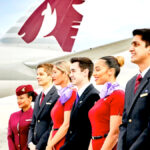
Vale Bob Hawke: what he did for the airline industry
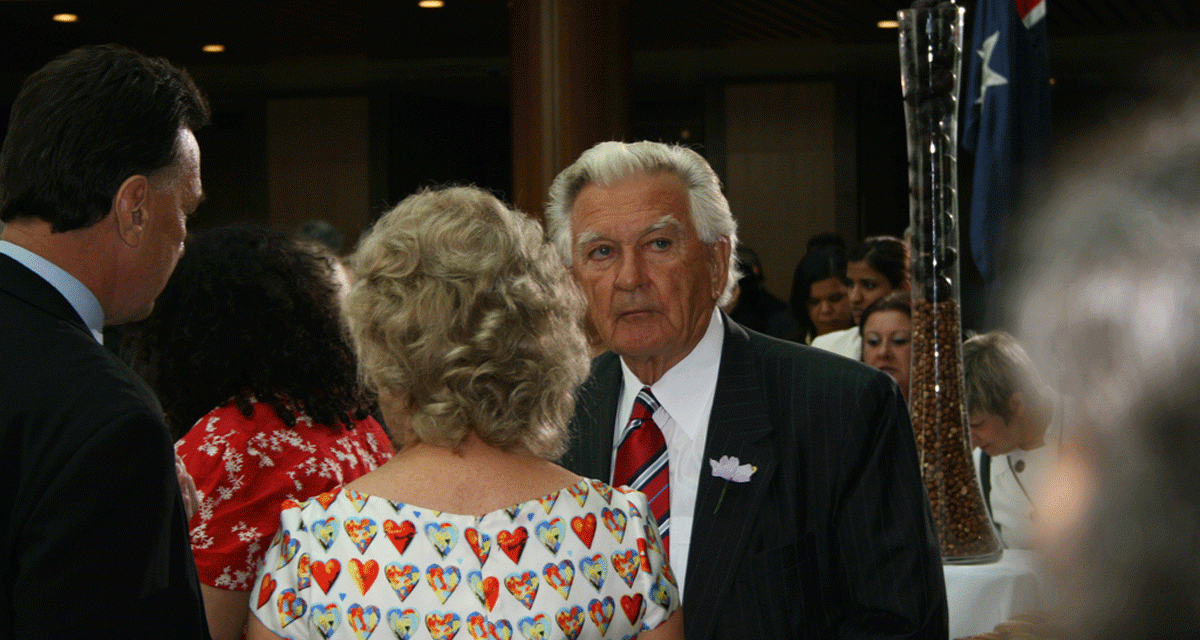
Robert James Lee Hawke, ex prime minister of Australia (1983 to 1991) died yesterday (9 December 1929 – 16 May 2019).
It was the reforms started during his prime ministership that have given Australia its modern airline Industry. His economic reforms, including deregulation of the Airline industry resulted in the privatisation of the previously Government owned Qantas, and the airline industry Australia has today.
Content of this Post:
The Two Airline Policy
From 1952 under the Menzies government, the Two Airlines Policy was established, taking effect when the private airline Ansett took over Australian National Airways in 1957. With that take-over, Australia had two domestic airlines (one in private hands: Ansett-ANA, and one in government hands: Trans Australia Airlines (TAA).
The policy was restrictive as it limited flight numbers and even schedules, such that the two airlines effectively had flights leaving for the same destination at the same time. I remember this, it was incredibly frustrating – and effectively no competition. You chose your airline out of loyalty. I remember being in the Qantas camp – since I as a taxpayer ‘owned’ the airline.
Qantas merges with Australian Airlines
Qantas – Australia’s government-owned international airline, sat outside the two airline policy until it was combined with TAA (Australian Airlines as it became) in 1986.
Pilots’ dispute 1989
The next major challenge for the Hawke government on the airline industry front was the Pilot’s dispute – informally known as the Pilot’s strike.
The Hawke government, and indeed Hawke himself had negotiated the ‘Prices and Incomes Accord’ which essentially was an agreement between the government and trade unions which specified wage increases, and promised various social reforms, including the control of inflation.
The first Accord secured for all workers a 4.3% pay rise (September 1983), a 4.1% pay rise (April 1984), and a deferred 2.6% pay rise over the initial 3-year period, improvements in family payments and child care, and the introduction of Medicare. Unemployment also fell from over 10%
Wikipedia
Seeking a wage increase outside the accord, the Australia Federation of Air Pilots (AFAP) campaigned for a substantial wage increase of nearly 30%. On 18 August 1989 – the pilots began working ‘9 to 5’ arguing that if they were going to be restricted like other workers under the accord, then they should work the hours of other workers – 9 to 5!
State of Emergency
This affected ME! I was working on a national radio project (Talking Positive – a series of educational documentaries on HIV/AIDS in Australia). As part of the project, I needed to visit producers across the country. Well certain destinations were almost impossible (Sydney to Perth via Singapore!) or involved travel on army transports provided by the RAAF (Royal Australian Air Force) – you know where there are just hard bench seats, and you strap your body to the plane.
My fondest memory was travelling on an RAAF flight, where the seats are arranged facing each other like on a train, and I was toe to toe with several members of cabinet. The flight attendant was a red headed air force guy – of course referred to as ‘Bluey’, who threw lunch boxes to passengers throughout the aircraft.
Besides a lack of flights and seats, the main thing was the cost. At that time, you paid the same amount of money for a flight between destinations, whether it was direct, or via somewhere else, so Sydney to Adelaide direct was the same cost as Sydney to Adelaide via Brisbane. During the ‘Pilot’s strike’ you were charged by sector – so that non-direct flight doubled or tripled in cost. It played havoc with my travel budget. Mind you I got to travel on wet leased Air Brunei aircraft.
I think the experience during the strike probably initiated my fascination with air travel.
Strike End – but not a good end for striking pilots
The strike was resolved in the first quarter of 1990 as the RAAF withdrew flights, and the airlines returned to normal schedules as they slowly recruited pilots. In the main, they did not rehire their pilots that resigned, only 20% were re-employed leaving 80% to find work overseas.
Deregulation and more disruption
The strike presaged the deregulation of the airline industry in Australia. 1990 saw the beginning of deregulation that was rolled out into the Keating government era (1991 to 1996). It did not come without its own disruptions including the rise and fall of several airlines (Compass Mark 1 and Mark 2) and eventually the failure of Ansett in 2001.
The strike cost the economy multiple millions, and devastated many tourist destinations, in my opinion, due to the greed of pilots, overplaying their hand.
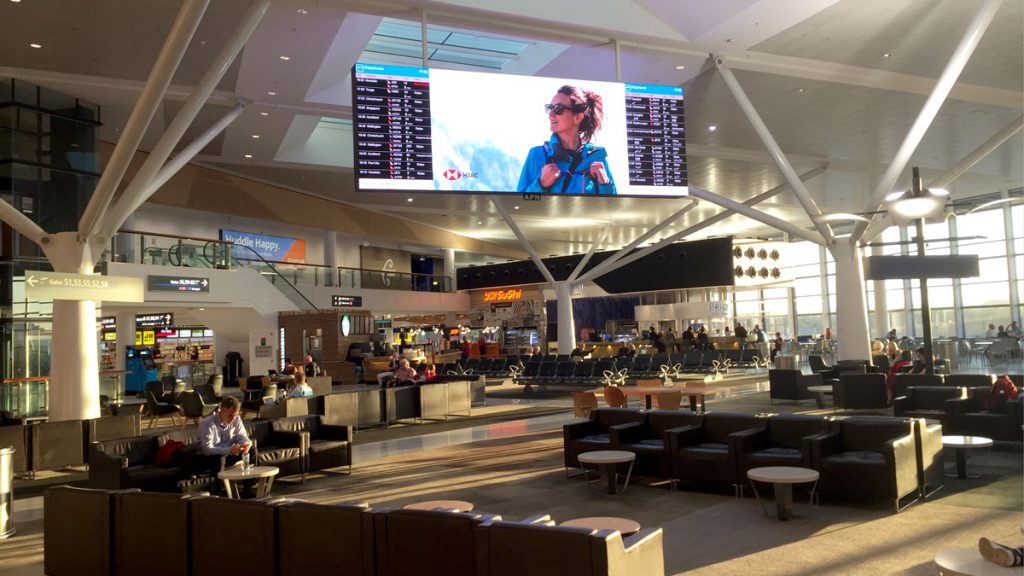
Airports
Australian airports – previously all owned and operated by the Commonwealth Government were also sold off (‘privatised’). This resulted in the expansion or refurbishment of airports in most capital cities. On the downside, airport charges soared from landing fees to parking fees – most notably at Sydney Airport.
Qantas prospered
Qantas underwent great expansion during this period as it was privatised between 1993 and 1997 – swallowing Australian Airlines (TAA). It was also a founding member of the OneWorld alliance.
Take Out: What do we have to thank Hawke for in the airline industry?
Well – deregulation has delivered two low-cost airlines (Tigerair and Jetstar), and a second main player Virgin Australia as well as some substantial regional players (REX). But – effectively we still have only two airlines, but with low-cost sub brands since Qantas basically owns Jetstar, and Virgin Australia, Tigerair.
Airports’ facilities have improved and expanded, but mostly they have turned into shopping malls or ‘retail destinations’ as they say in the trade. Parking at airports has also become massively expensive – with Sydney Airport making a profit of $100 million on car parking in one year.
Airline ticket prices are now tailored to demand – rising and falling in line with the perceived desirability of the flight schedule and destination, and the time of purchase.
Overall the inevitability of deregulation that Hawke initiated has been a mixed blessing. Don’t get me wrong. I’m not opposed to deregulation – I just think it could have been implemented better. But that happened post-Hawke. He still gets the prize for starting the process of revolutionising the Australian economy, and consequently the Australian airline industry.
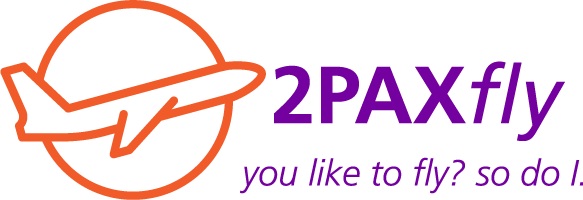
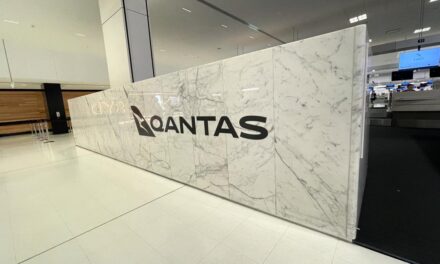
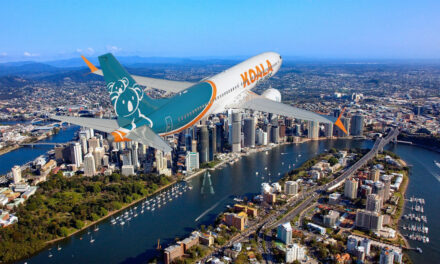


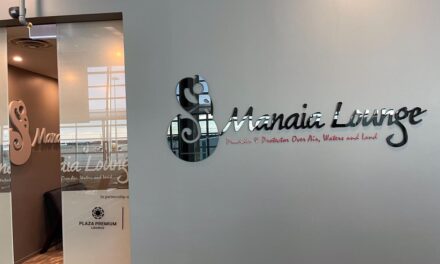
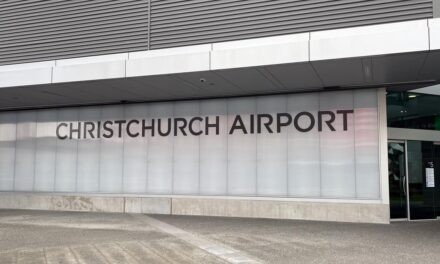

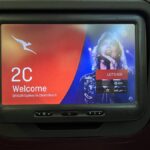
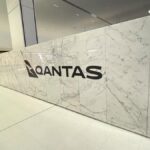
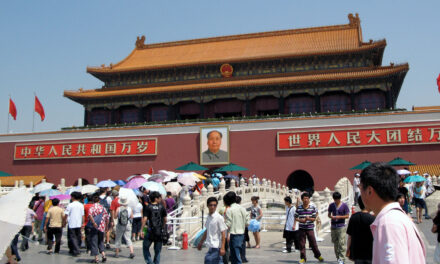
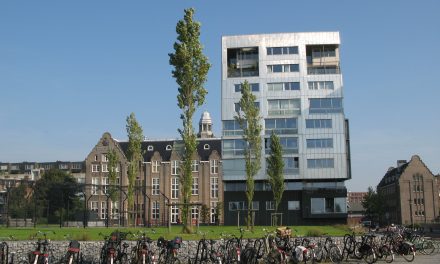
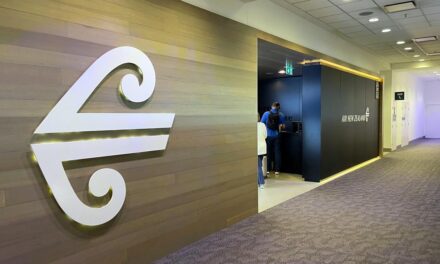
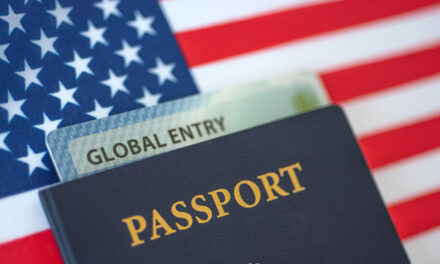
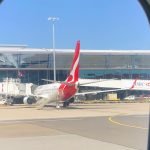
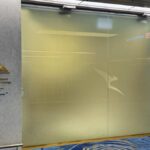
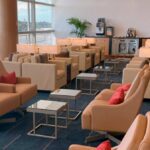
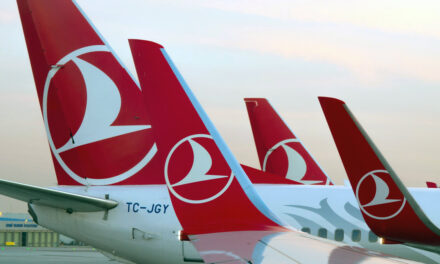
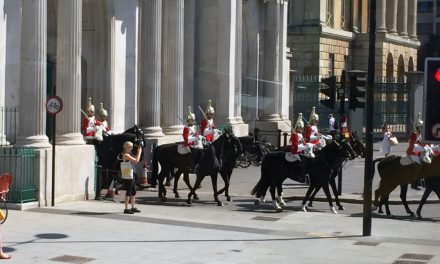


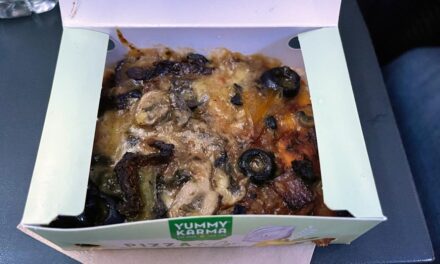

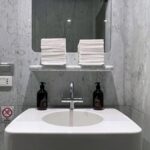
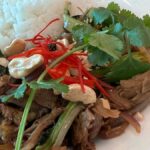
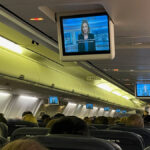
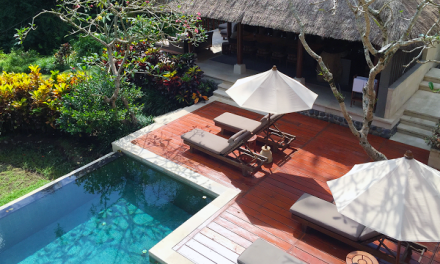
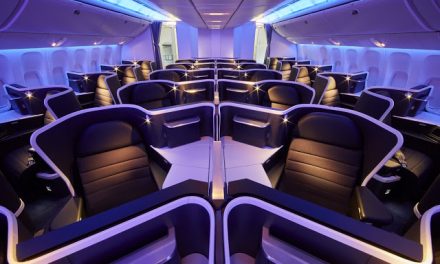


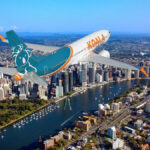
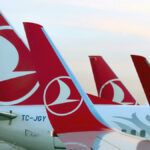
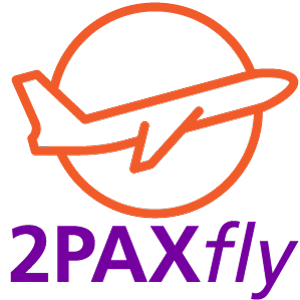
What did you say?